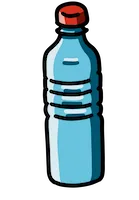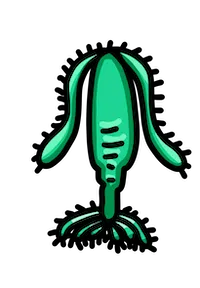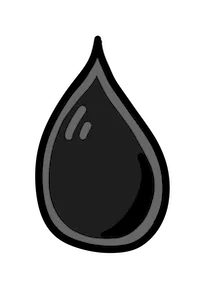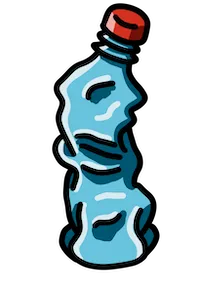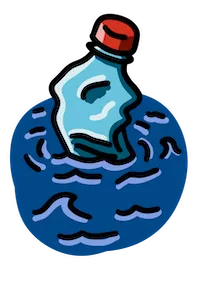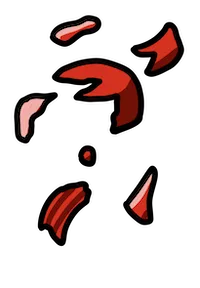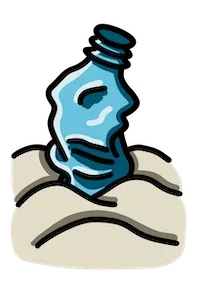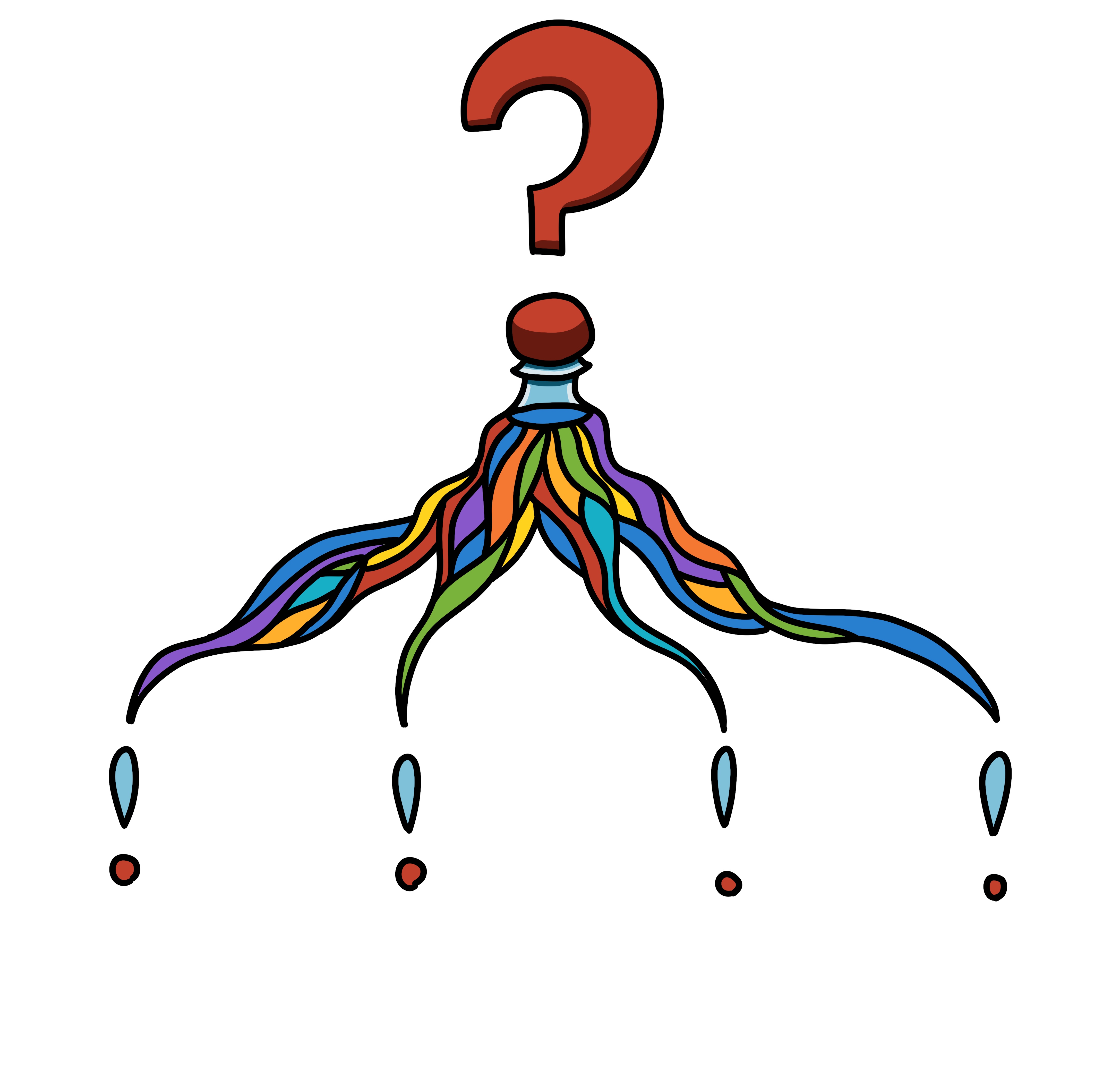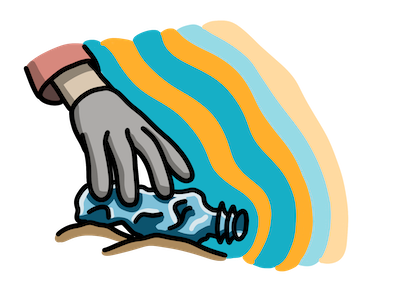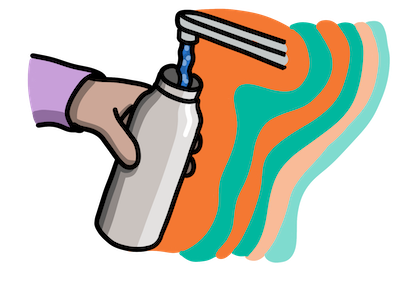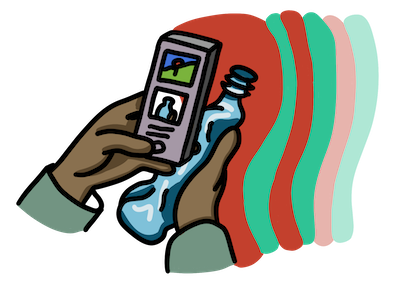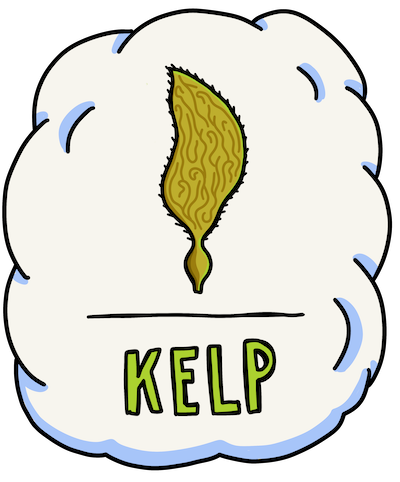Message
in a Bottle
Follow the journey of a discarded plastic bottle from its start as a crude oil under the earth, to its final resting place on the islands.
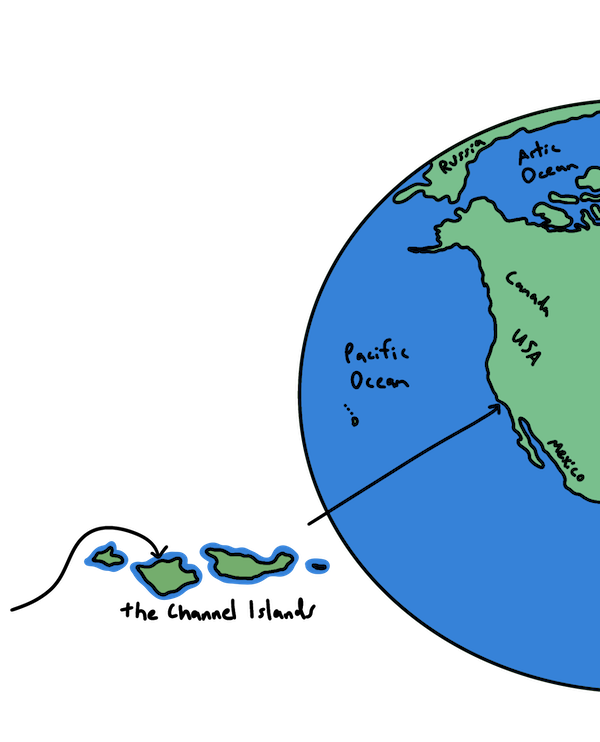
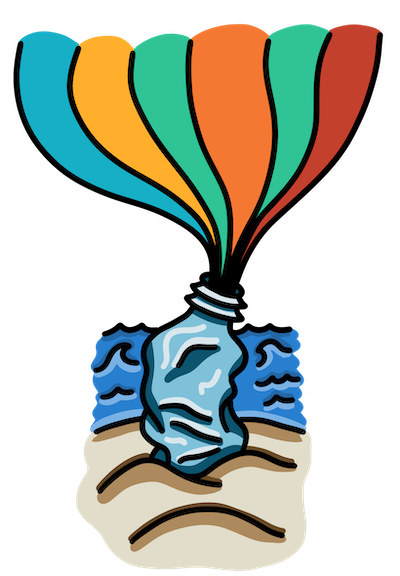
How it started
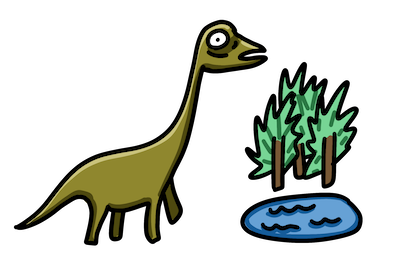
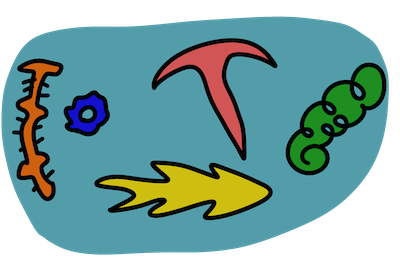
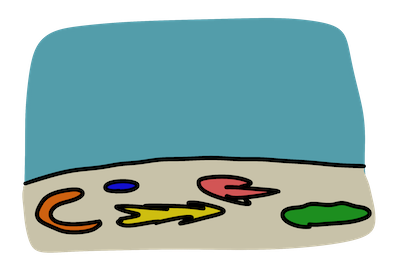

The life of the plastic bottle started millions of years ago. A group of plants and animals died and sank to the sea floor. Soil and sand gradually covered up their remains. Heat and pressure transformed these remains into crude oil.
Humans find oil
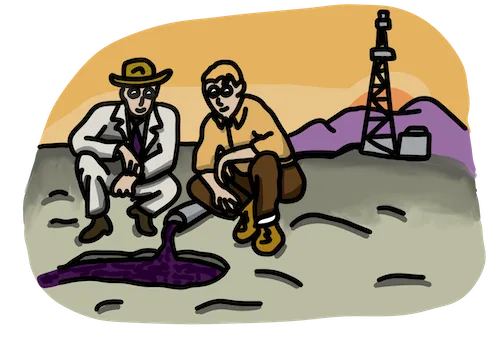
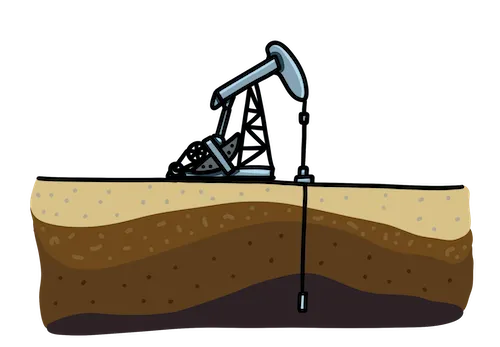

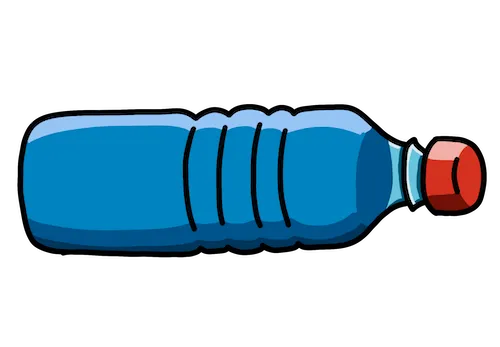
Fast forward to today, humans drill into the earth’s crust. They use pumps to bring crude oil to the surface. There, it gets refined into pieces of plastic, or nurdles. These nurdles are then molded into our plastic bottle.
We make trash
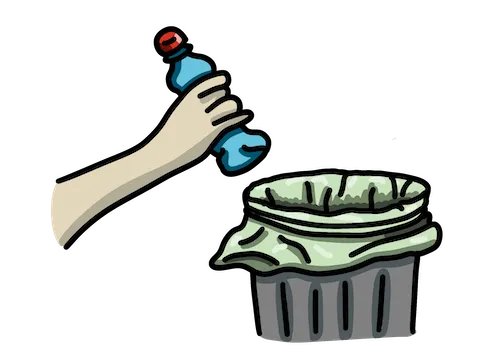

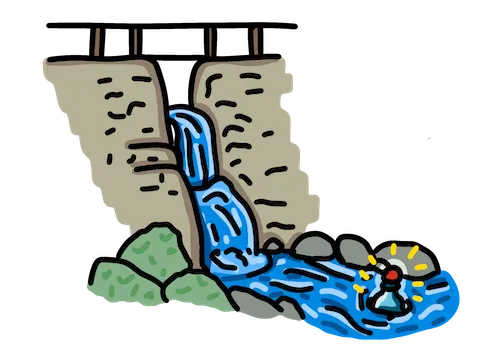
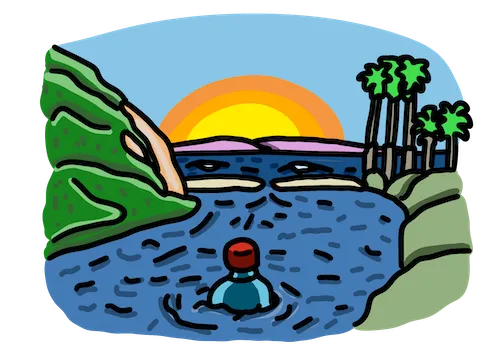
The plastic bottle is used, and then thrown in a trash can. The trash can is overflowing, and the bottle falls out. During a storm, the bottle gets washed into a local creek. The creek carries the bottle out into the channel.
The ocean moves it
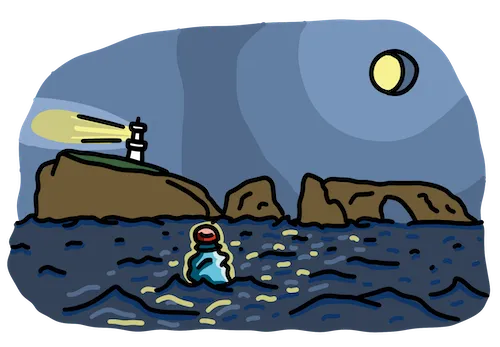
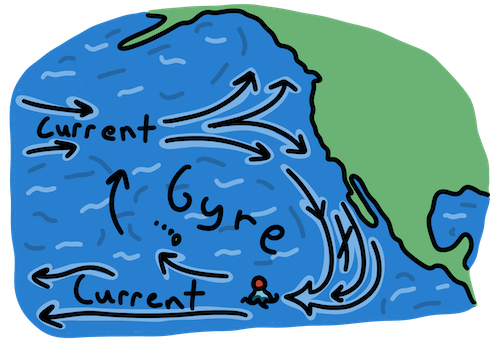
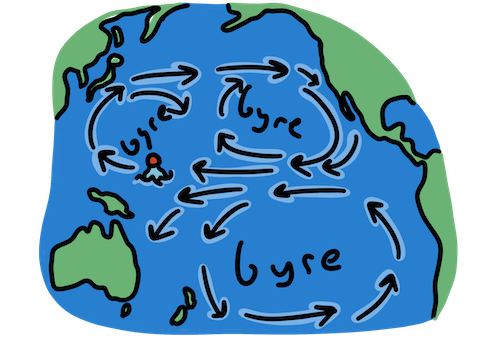
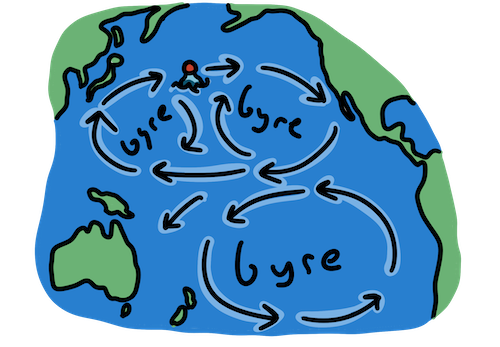
The bottle gets swept out past the islands. It is caught by a large ocean current called a gyre. These circular currents move water and marine debris like the bottle all across the globe. The bottle swirls back east near Japan.
It breaks down
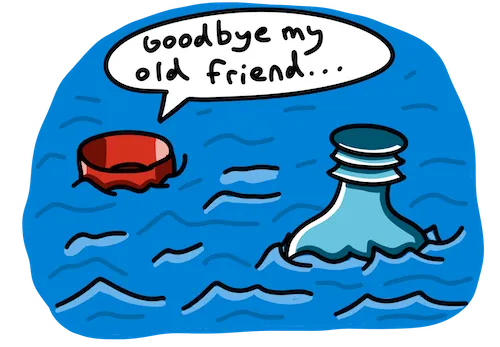
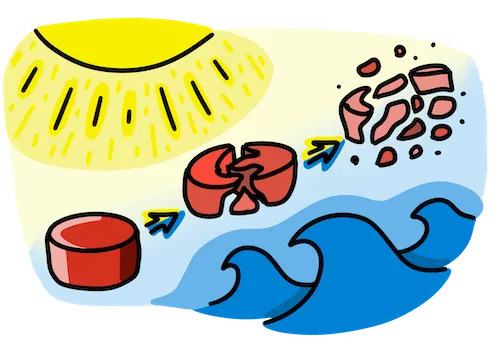
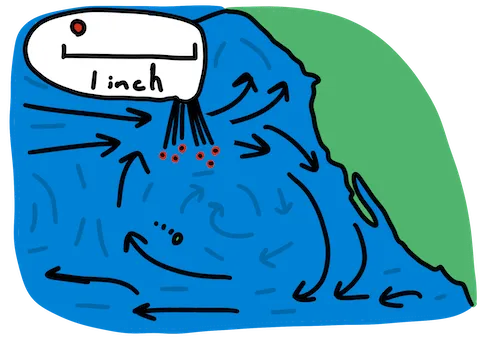
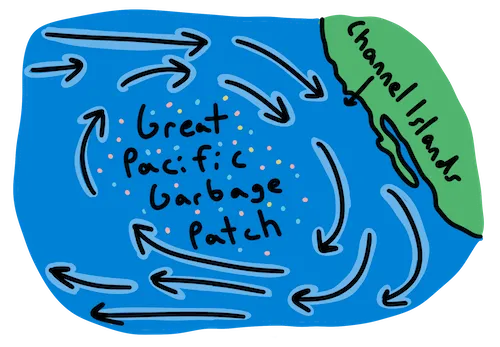
Caught in the gyre, the bottle is separated from its cap. The cap gets broken down by currents and sunlight. It becomes a collection of tiny pieces called microplastics. These pieces are carried into the center of the gyre,
joining the plastic soup of the Great Pacific Garbage Patch.
It exists forever.
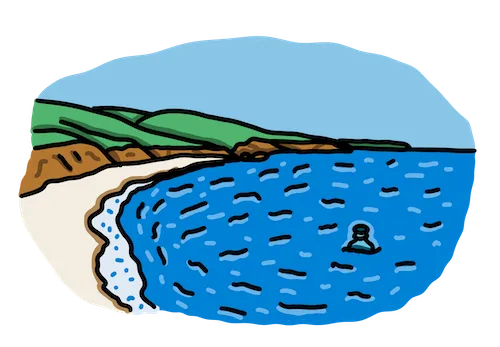
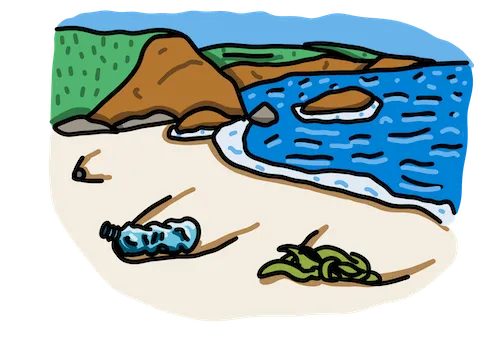

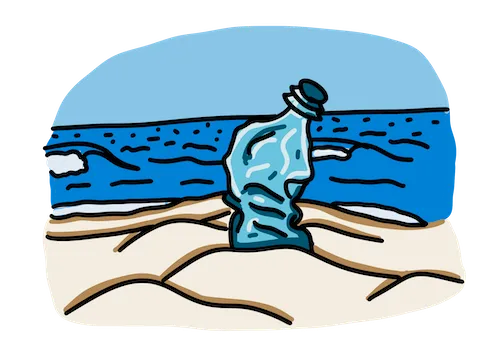
Meanwhile, the bottle drifts back toward where it entered the ocean. It washes ashore on Santa Rosa Island. And sits. And sits.
